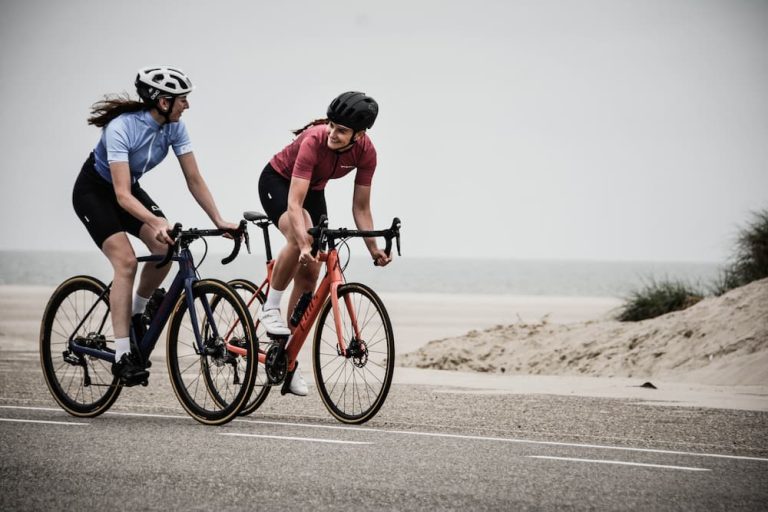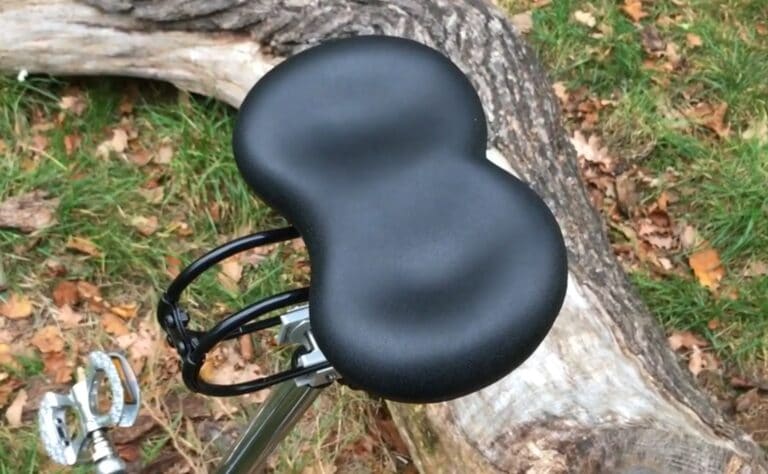Why Does My Bike Seat Keep Tilting And How To Prevent It?
Have you ever been on a bike ride and suddenly felt your seat tilt unexpectedly? It’s a common yet perplexing problem many cyclists face. This sudden shift can disrupt your balance and concentration, turning a pleasant ride into a struggle for control.
I’ve experienced this issue firsthand and understand how frustrating it can be. Not only does it affect your comfort, but it can also pose a safety risk. The constant readjustment distracts from the joy of riding, and for long-distance cyclists, it can lead to discomfort and even injury.
In this article, I dive into the causes of this pesky issue and offer practical solutions. From understanding the mechanics of a bike seat to easy fixes you can do at home, I’ll guide you through ways to prevent your bike seat from tilting.
Join me in exploring these solutions, so you can get back to enjoying your rides with confidence and comfort.
Contents
Why Is A Tilting Bicycle Seat A Serious Problem?
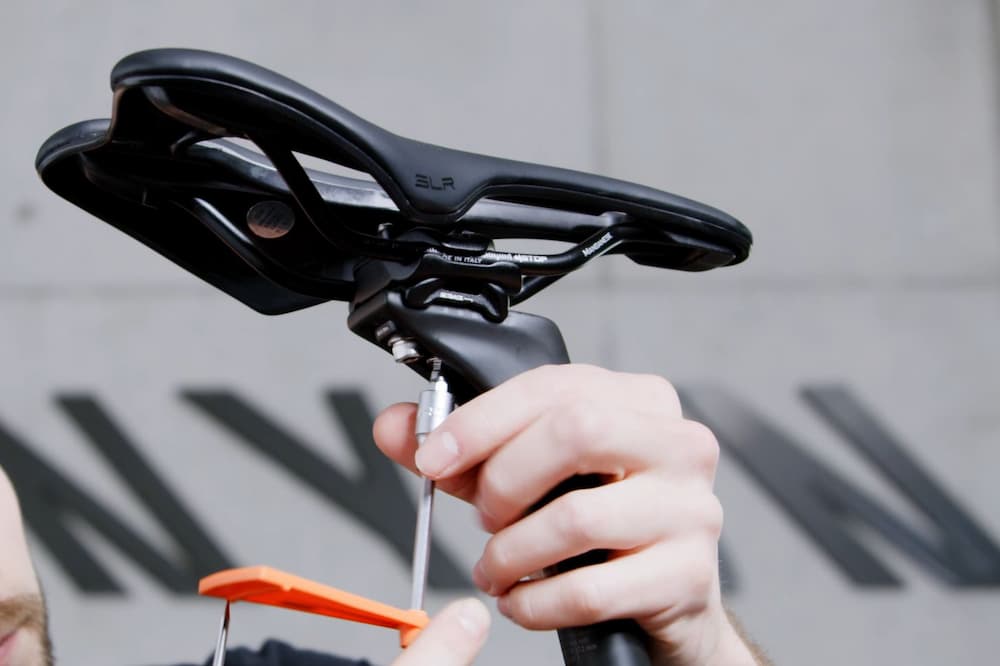
Riding a bicycle is undoubtedly one of the most complex tasks. Therefore, just learning to balance while riding a bike isn’t enough. Issues like a bike seat moving side to side or a tilting bicycle seat, a minor inconvenience, can ruin your riding fun. When we looked into the issue, we found that a tilting bike seat can ruin your mood while cycling and create an uncomfortable situation. This is especially evident for riders with flat-style bike seats.
Flat style seats aren’t curved like the pelvic area of the human body like more modern models, such as Selle SMP. The even structure of bike saddles means that a tilting saddle can significantly disrupt the rider’s riding experience.
This is true for flat-style bicycle seat users, but not every cyclist will like it if the seat is constantly tilting because a tilting bike seat needs to be fixed before riding to make riding fun.
Related reading: Best Bike Seat For Your Balls – Bicycle Saddles For Men Reviewed
Reasons Behind Tilting Bike Seat
Let’s look at the reasons for tilting the bicycle seat that has always bothered you.
Loose Seat Post
The post that holds your bike’s seat is connected to the seat with a clamp. If the clamp isn’t tightened enough, the saddle will continue to tip. Sometimes the seat tilts even if the clamp screw is tightened enough. The reason for this may be that the screw is worn.
Loose Seat Rails
This problem causes bicycle seats to tip forward and backward. The reason for a loose seat rail may be that it doesn’t fit on the seat clamp. Often, dirt and debris can cause the grip between the seat rail and the seat clamp to loosen.
Related reading: Best Bicycle Seat With Backrest Reviews & Buyer’s Guide
Old and Dirty Seat Clamp
Most bicycles are designed so that the parts of the seat clamp are held together with a teeth-like structure. They prevent the seat from tilting up and down. When dirt and debris get stuck between the teeth of the clamp, they lose friction. Sometimes, the friction loss is also because the parts are damaged or too old.
How Do I Stop My Bike Seat from Tilting?
If you find that your bicycle seat tipping is due to any of the above reasons, we have the solutions to fix the problem.
- If you have a loose seat post, the first thing you need to try is tightening the clamping bolt. This might solve the tilting. If it doesn’t, you need to try lubricating the bolt with grease. The screw will then turn further and go deeper into the thread. If that doesn’t help either, you can check the bolt and see if it’s worn. If so, you’ll need to replace it. But if the bolt is still usable, you can clean it with vinegar or WD40. This will remove the rust on the bolt. After cleaning, you’ll need to grease the bolt.
- The loosening of seat rails can be caused by dirt and debris. In this case, you need to remove the saddle from the seat post and clean the parts thoroughly. If that doesn’t work, you can try wrapping the tube around the rails. This will provide friction. At the same time, this will reduce the vibrations.
- If the loose seat clamp is caused by dirt, we recommend unscrewing the seat post bolts. Use a soap solution and a toothbrush and clean the bolts thoroughly. Don’t forget to air dry the bolts before you adjust them again.
- If the connection between the seat post and the clamp is the problem, you can fill the gap between the two with rubber. This will prevent the saddle from tilting, as the rubber creates friction. If nothing helps with the up-and-down tipping, you may need to take your bicycle to the bike shop. Sometimes, the entire seat post may need to be replaced. If your bicycle seat is designed with one bolt, you should opt for a two-bolt design, as this will prevent tilting.
- Many people have found that using friction paste is very effective in cases of tilting. Tiny pieces of glass inside the gel are a type of friction paste. These pastes are used to provide friction between joints. The increased friction offers sufficient stability to prevent the seat from tipping over.
- Some of today’s bikes use lever systems instead of bolts. If the seats on these bikes tilt, tighten the lever with an Allen wrench. Ride on the seat and make sure the lever is perfectly fixed.
Related reading: What’s the Purpose of the Hole in a Bike Seat?
Final Thoughts
In my cycling experiences, I’ve occasionally faced the challenge of a tilting bike seat. Through trial and error, I’ve learned that the key to a stable ride lies in preventive measures.
- Regularly inspecting and adjusting the seat post and clamp, ensuring they are neither too tight nor too loose, is a crucial step.
- It’s also wise to invest in quality components if you frequently encounter this issue. High-quality seat posts and clamps can make a significant difference in stability.
- Cleanliness also plays a pivotal role. Dirt and grime can interfere with the seat’s stability, so keeping the seat clamp and rails clean is essential. This not only prevents tilting but also extends the lifespan of these components.
- Incorporating these practices into your routine maintenance can effectively prevent bike seat from tilting.
A tilting bike seat is more than just an annoyance – it can detract from the overall cycling experience. By adopting these proactive measures, you can enhance your comfort and safety, making every ride more enjoyable. So, take these steps to heart, and you’ll find your rides smoother and more pleasurable.


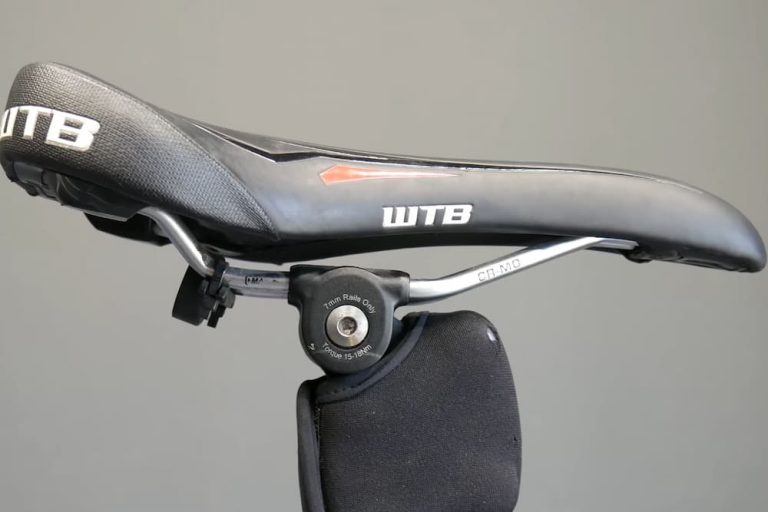
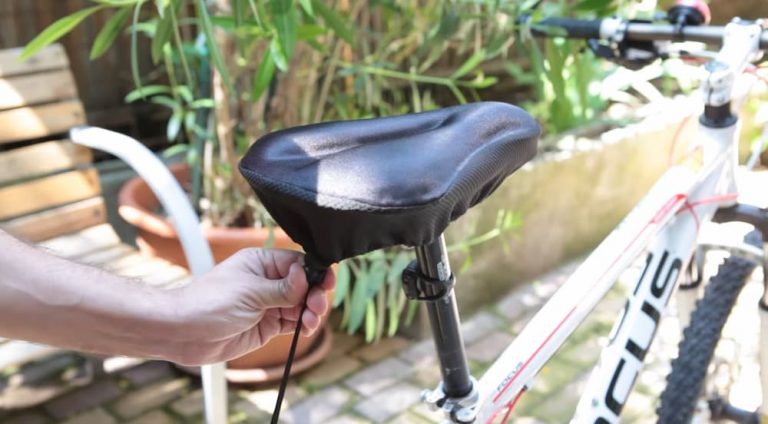
![Best Banana Seat For Bicycles Reviews & Buyer’s Guide [2023]](https://www.statecyclist.com/wp-content/uploads/2021/01/smiling-banana-768x512.jpg)
